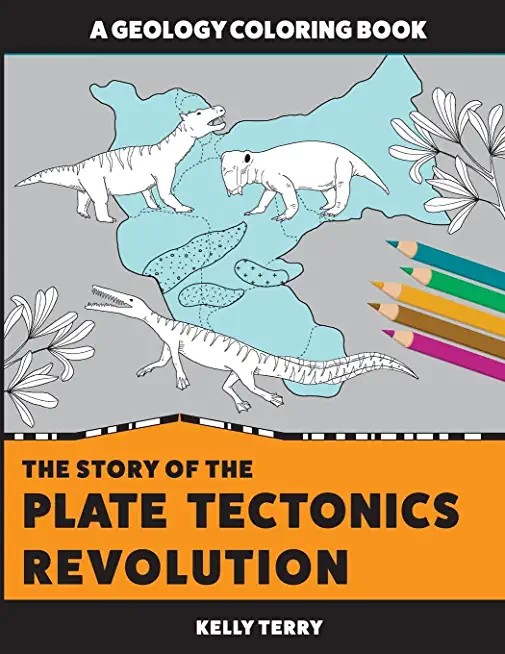
Terry, Kelly
In 1915, a German meteorologist named Alfred Wegener came up with an idea. What if, he proposed, the continents moved around over the face of Earth? When Wegener published his thoughts, he was subjected to ridicule and professional blackballing. Entire scientific conventions were held for the purpose of debunking his ideas. Wegener died tragically in 1930, labeled a scientific crackpot.
Yet today nearly all of us have learned in school that not only do continents move around, but also that our planet is made up of tectonic plates whose motion causes earthquakes, volcanoes, tsunamis, and even corresponds to cycles of climate change in Earth's history.
What happened? How did this huge change in the way we perceive our planet, deemed the plate tectonics revolution, take place over a relatively short period of time?
The Story of the Plate Tectonics Revolution is a graphics-based book suitable for coloring that details the changes in ideas about Earth's history from the ideas of Alfred Wegener, to the technological developments of World War Two and the Cold War that allowed Harry Hess, Marie Tharp, Tuzo Wilson, Drummond Matthews, Fred Vine, and others to look at our planet in an entirely different way.
The Story of the Plate Tectonics Revolution contains timelines, comic book style panels, and review notes and activities to assist the reader in analyzing the incredible revolution in thinking that has led us to the way we view Earth's surface and the questions that still remain unanswered today. This book is suitable for anyone who wants to learn about a relatively complicated scientific story in an entertaining way whether the reader is a young adult or an adult with a youthful interest in learning.







